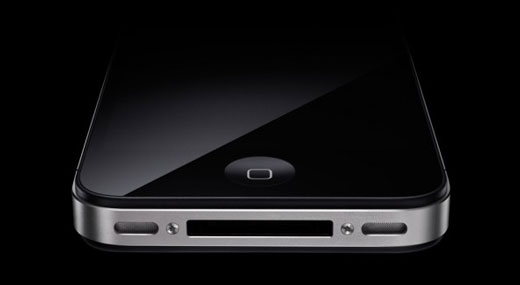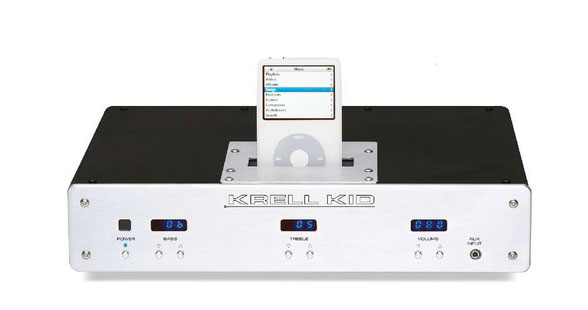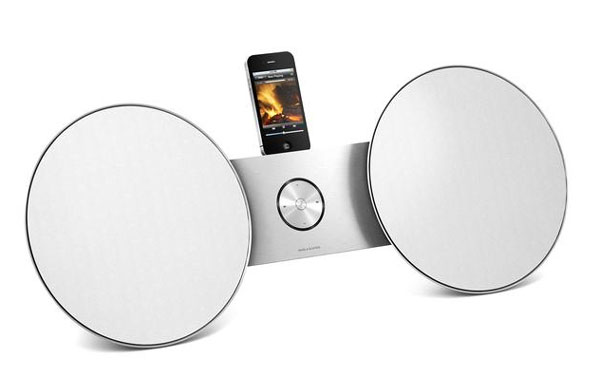IN THE COURSE of 2012, there was a lot of discussion about Apple’s Lightning connector, which appeared for the first time on the iPhone 5, iPod Touch and iPod Nano. Many commentators (myself included) heaped scorn on the new “innovation”, bemoaning the loss of the ubiquitous 30-pin connector that’s graced the bottom of hundreds of millions of Apple devices over the years.
The new connector had to happen to get the iPhone to be as slim as it is but let’s be honest here, the damn thing is a pain in the proverbial for anyone who’s been using Apple mobile devices for a while. Most of us have got a number of cables lying around, which makes having one at work and at home a breeze. It was also nice to know that I could charge my iPhone at the home of any of my friends who had an iPhone or iPod. I could also dock my iPod or iPhone in their dock or speaker system and give them the dubious pleasure of sharing my music. I’ve got a 30-pin car charger, and somewhere I’ve even got a little battery-powered thing that charges Apple devices via a 30-pin cable.

That’s all changed with Lightning. If I get an iPhone 5 (and I will), it’s not going to talk to any of my legacy 30-pin bits and pieces and it’s certainly not going to want a bar of my Pro-Ject iPod dock. This is exactly the same situation that everyone who’s bought a made-for-Apple product over the years will find themselves dealing with. Yeah- yeah, there are adapters available. Humbug! They cost too much, and there’s no guarantee that they’ll work as advertised, especially with the digital audio and video signals.
So like many folk, I’m a touch put out by Apple even though deep down, I fully appreciate that you can’t stand in the way of progress, and if we want the iPhone 10 to be 2mm thick, we’re going to have to get with the programme (and no doubt, to embrace Lightning II in 2017) .

It’s worth remembering however, that at least Apple had (and has) a connector. As in a single connector. One that worked with a host of audio devices. Actually forget host, try a mountain of audio devices, because every company from the high-end players like Wadia, Krell and B&O down to the humblest of off-brand manufacturers has delved into the iPod dock/iPod speaker market. So, barring the pin change that happened a while back, Apple devices plug into a 30-pin cable or dock and they work. All of them.
Not so with Android.
Good bloody luck buying a made-for-Android dock or speaker system for your Android-powered phone. On top of that, your odds of getting a digital signal out of an Android phone are slim to none, unless you partner certain specific Samsung phones with other specific Samsung speaker dock systems. Even then, your chances of plugging that signal into your hi-fi system and enjoying CD quality files are zero.
Sure you can always plug a 3.5mm cable into the top of an Android phone and you’ll get music, but as anyone who’s ever compared the sound of an iPod run into a hi-fi system from a 3.5mm vs. a digital or high-quality analogue dock will testify – 3.5mm equals thin and weedy.
Some will counter my moans with a big fat “who bloody gives a damn?” – only a tiny fraction of the music loving population cares about sound quality, let alone extracting a digital stream from their portable players and phones. When your target market is measured in the billions, you don’t worry about a few hi-fi nerds with bad haircuts (present company excepted of course).[Don’t forget the bright “computer”-patterned woolly jersies. – Ed].

I’d reply to this argument by wondering about the many millions, or hundreds of millions of Apple-specific docks that have been sold over the years, which have made Apple and a lot of manufacturers very happy indeed. The convenience and ubiquitous connectivity of these docks and speakers also made Apple owners happy.
So I ask, wouldn’t it be nice for Android users to know that they could buy a made-for-Android dock that would work with every single Android device, that would allow them to dock their device and control it with a remote, that would allow them to dock their friend’s devices as they liked? How hard would it have been for Google to have thought this out at Android’s inception and to set a standard for an audio/charging port that every Android device would have to follow? Then every manufacturer of an Apple dock could make similar Android docks, and the massive Android market would be sorted for sound forever, instead of plugging fiddly little cables into 3.5mm holes that should be saved for earphones. Every hi-fi nerd could also get access to the digital signal on their phone without needing to be in Apple’s ecosystem (not that there’s anything wrong with that).
But then, a sea-change. Something happened to adjust my attitude and convince me that the dock is as dead as the dodo and that connectors don’t actually matter. Not a bit. Continued soon in part two… ASHLEY KRAMER















I’ve tested the Apple Lightening adapter on the Project Dockbox.
It works and sounds fine although it does push the device mighty high up the back support
Good article. An MHL cable will give you a digital signal from an Android phone but you do need to have an HDMI in port so it will work for TVs, modern AV receivers etc but not for most sound docks.